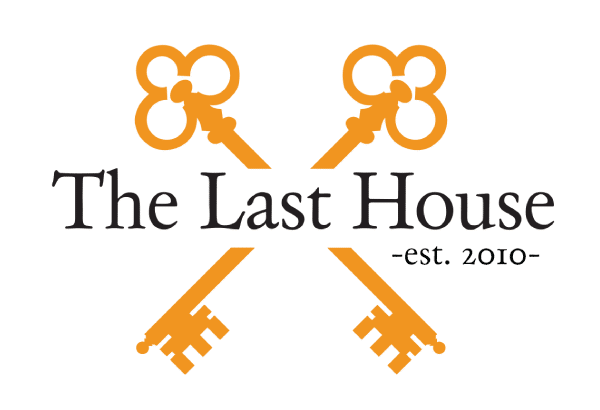
The Different Types of Addiction Treatment Centers:
Private, Non-profit and Government Funded
Treatment can be costly and often times the reason that individuals don’t seek treatment for addiction or substance abuse. Not all treatment centers are a good fit for individuals which can also steer individuals away from recovery. Individuals should consult with many treatment centers before deciding on one. During this time, it is important to ask questions, address any concerns and express what the individual is looking for. It’s important to understand the varying types of addiction treatment centers so that an individual can find the one best suited to their financial and personal needs.
Types of addiction treatment centers:
Private Treatment Centers- These recovery facilities are privately owned, provide a high level of care and are usually the most expensive and effective. Private addiction treatment centers can be in-patient and out- patient. Individuals at in-patient programs live at the center for a duration of time while individuals in out- patient check in and out of the program. In private facilities, detox is usually included, which is an important first step in recovery. During this phase, individuals are able to rid their body of the toxins from drugs and alcohol while under medical care. After detox, individuals participate in group and individual therapy. Often times other therapeutic activities are offered in addition to therapy. Private addiction treatment centers require a time commitment and a financial commitment. The financial commitment can be difficult to meet but sometimes insurance will provide partial or full coverage. Insurance does provide some complications and individuals are not always guaranteed full or partial coverage. This can create stress and interrupt the recovery process. Despite the financial difficulties associated with private drug treatment centers, this form of treatment is often the most successful and favored.
Non-profit Substance Abuse Treatment: There are many non-profit recovery centers offered all over the country. This form of treatment is a lot more affordable than privately owned addiction recovery centers. Non-profit centers offer a variety of options such as, in-patient, out- patient, short-term, long-term and detox care. It is not uncommon for there to be a waitlist for a non-profit program which can be frustrating, however a social worker may steer you in the direction of other available non-profit treatment centers. Individuals are admitted to non-profit drug rehabs based on met qualifications. These treatment programs tend to be less individualized as private programs but are still very effective.
Government-Funded Treatment: This form of treatment is a great option for those who don’t have financial means to afford treatment and for those who don’t meet qualifications for non-profit treatment programs. Services are free or based on an individual’s income. Government-funded programs can offer many services like long-term, short-term, in-patient, out-patient, etc. These programs are monitored by the government and shut down if standards are not met to help protect recovering individuals. There are some drawbacks to these types of substance abuse treatment programs. Some government-funded programs don’t offer certain services needed for some individuals. It’s important to consult with these programs before making a decision.
Long wait lists exist for both non-profit and government-funded programs. Because of this both substance abuse and addiction programs can rush people through the recovery process. This can interrupt the recovery process and people may be forced to leave before they are actually ready. Both are state funded which means they must use and follow state approved treatment methods. This is intended to serve as a protection to ensure effective treatment but often times these techniques are outdated.
Not all treatment centers are created equal and each program has its own unique qualities with advantages and draw backs. Deciding on a treatment center is a big decision and should not be taken lightly. Be sure to consult and research before committing yourself to a treatment center.














